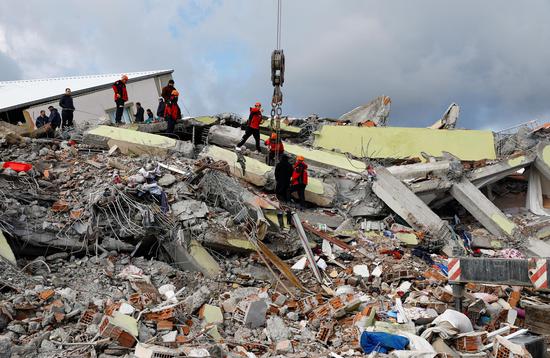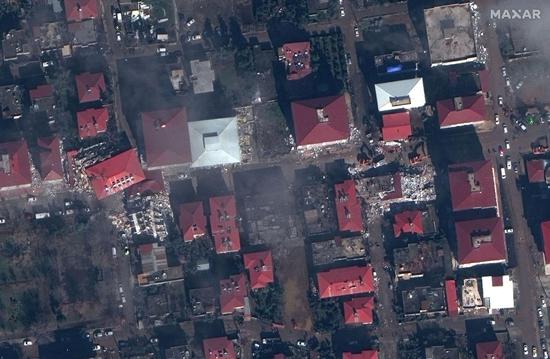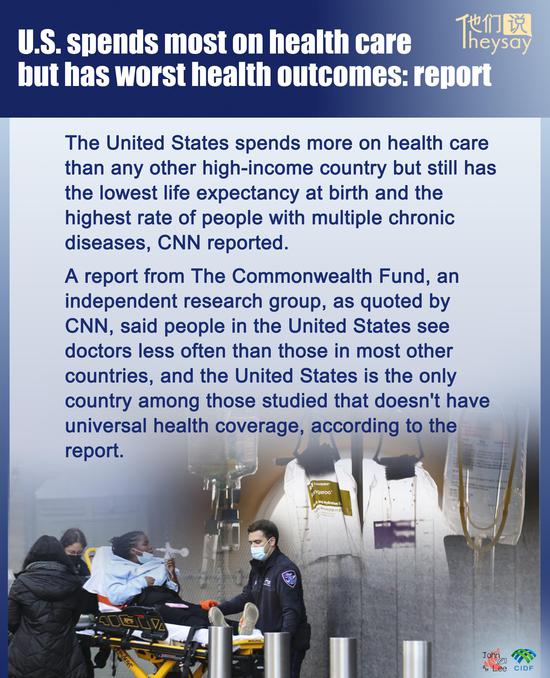
A man hugs his grandson at a railway station in Hohhot, Inner Mongolia autonomous region. (LIU LEI/XINHUA)
All-out efforts needed to address low fertility rate, experts say
For Zhou Liping, an obstetrics nurse in Jiangsu province, the Spring Festival holiday last month was much quieter than in past years.
"About 50 babies used to be delivered at Wuxi People's Hospital, where I work, during the weeklong holiday, but there were only around 20 deliveries this year," she said.
Zhou, who has practiced midwifery in Jiangsu for more than four decades, said that previously cots had to be placed temporarily in hallways to accommodate growing numbers of expectant mothers during the busiest times.
"I doubt that such scenes will be repeated anytime soon. The number of pregnant women visiting us for prenatal testing has dropped markedly, meaning fewer newborns in the future," she said.
Zhou's comments shed light on the issue of China's dwindling population, which is due to falling numbers of newborns. Last year, the population fell by 850,000 to around 1.41 billion — the first decline since 1961.

A family pose for a photo at the Central University of Finance and Economics in Beijing. [Photo provided to China Daily]
Experts said that all-out efforts must be made to raise the low fertility rate so as to counter the persistent downward trend and avert a sharp population decline in the long term.
Measures strongly advocated by experts and families include relieving the burden of raising children by providing stronger financial incentives, while nurturing a desire among the younger generation for marriage and to have children.
Yuan Xin, a demography professor at Nankai University in Tianjin, said the annual disparity between the number of newborns and deaths will not be sharply defined in coming years, but the nation will witness a decline in its total population for decades to come.
"Negative population growth is an inevitable result of a persistently low fertility rate. China has had a low fertility rate for more than 30 years," he said.
Official data show there were some 9.56 million births in China last year, the first time the figure had fallen below 10 million in more than six decades.
The fertility level — the average number of babies born to women over a lifetime — dropped below the replacement rate of 2.1 in 1992. By 2020, it had fallen to 1.3.
Yuan said, "We will witness an early phase of negative population growth during the decades to 2050, but the downfall will be mild and will provide a precious window of opportunity (to encourage births).
"If we can raise the fertility rate to an appropriate level during the initial stage (of negative growth), we have the chance to avoid or lessen the impact of an abrupt decline in the total population," he said.


















































 京公网安备 11010202009201号
京公网安备 11010202009201号